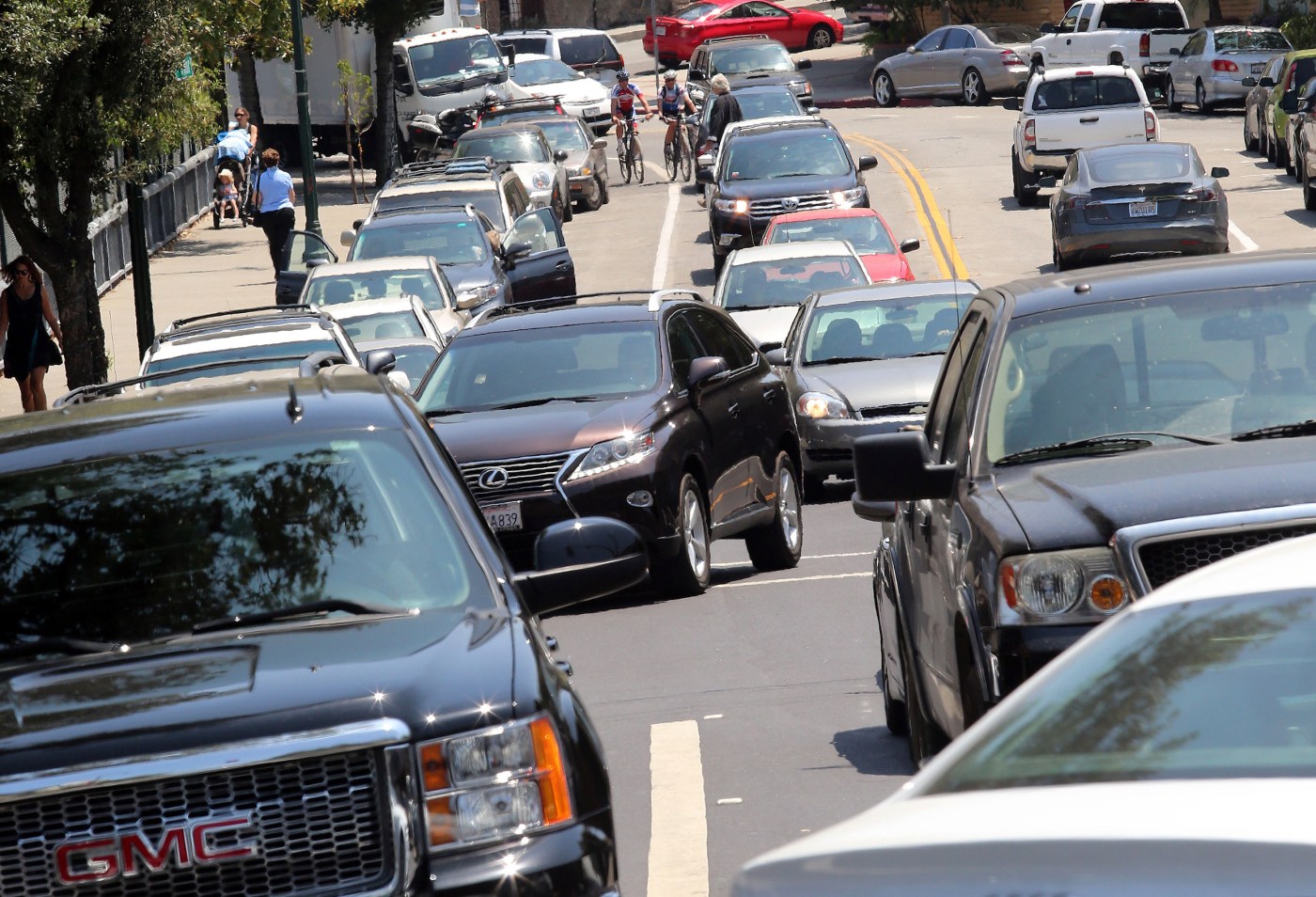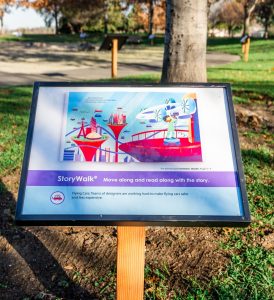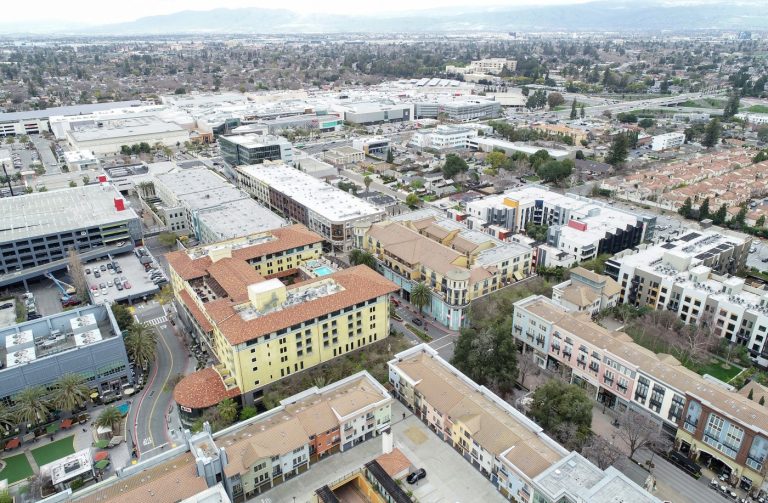Despite the storm and flood warnings that have battered Santa Clara County this month, officials in Los Gatos are looking ahead to the summer and thinking about how to address the standstill traffic in town caused by Bay Area residents headed to Santa Cruz beaches.
Efforts to mitigate the issue go back years, but the town’s Complete Streets and Transportation Commission is now recommending that Los Gatos approve a capital project to tackle beach traffic and set aside funds for a long-term project to study beach traffic patterns and assess the impact of potential road closures.
Los Gatos’s proximity to Highway 17, the primary artery for vehicle traffic headed to Santa Cruz, means that traffic on the highway has been backing up into the town as long ago as the 1940s. But that traffic has spread to residential streets with the advent of mapping apps that are using them as shortcuts.
These most recent developments are what spurred the commission’s new recommendations, which suggest that Los Gatos test shutting down University Avenue to cars, leaving it accessible to pedestrians, cyclists and buses. Doing so would encourage people to travel by public transportation, since it would be the fastest option, and would also improve access for emergency vehicles, the commission’s report states.
It also suggests the possibility of establishing a permanent promenade, with car traffic blocked on North Santa Cruz Avenue from Highway 9 to West Main Street, a popular move that the town made to host a handful of outdoor events during the pandemic.
“I wanted to dedicate time to an issue that is one of the biggest pain points among residents in Los Gatos,” streets and transportation commissioner Jeff Suzuki said about the new report in an interview.
The beach cut-through traffic is also increasingly becoming a safety hazard, residents say. In an area that’s already particularly prone to wildfires, and whose residents are particularly concerned about emergency preparedness after the Southern California fires, the traffic has raised concerns about whether residents will be able to evacuate in the event of a wildfire – especially since the summer months also coincide with fire season.
“I think that we have to think about it a little bit differently,” Mayor Matthew Hudes said. “It’s not about convenience as much as it’s about safety. The reason that I say that is that the likelihood of a beach gridlock day coincides with the highest fire danger days and places.”
On top of the safety risk, the traffic is just bothersome. Los Gatos residents have no shortage of stories of bringing water to beachgoers stuck in their idling cars, and letting strangers into their houses to use the bathroom – including Complete Streets and Transportation Commission Chair Alice Miano.
“There were times when I couldn’t visit my elderly parents because I wouldn’t be able to leave or get out or return home afterward,” she said. “On a hot day when you have cars idling in front of your house, which is already halfway up the mountainside, it increases the warming around your home, the exhaust.”
In the report it approved in December, the commission suggested a capital project to fund a traffic simulation that uses real data to test options to mitigate beach traffic. Hudes said the item will be agendized in February or March as part of budget discussions.
Underlying the town’s next steps is the understanding that solving the problem will require a long-term, coordinated and regional effort, since the drivers causing the traffic are largely coming from outside Los Gatos and the town is not their final destination.
“Beach traffic is, by its nature, a regional problem,” the report reads. “It is the opinion of [the Beach Traffic Ad Hoc Committee] that since Los Gatos does not control the source or the destination of beach traffic, entirely ‘solving’ for beach traffic is not within the town’s authority or capacity.”
The goal, Suzuki said, was not to necessarily reduce cut-through traffic from beach-goers so much as to encourage people to use alternate modes of transportation to get around town.
“Those really bold ideas could still have really unintended consequences, and without being able to effectively model it, I don’t think we would want to pour the resources into doing that real-life test because it would be very expensive to temporarily implement that,” said council member Maria Ristow.
Local officials largely agree that though the town can and should engage in short-term traffic mitigation measures, beach traffic is at its core a systemic issue, requiring large-scale regional collaboration to eliminate it entirely.
“I know we need some short-term solutions, and I think we have to look at what the traffic experts have to say about that,” Miano said. “But in the long term, we need public transportation, we need buses, trains, we need other ways to get people around, period. We also need to think regionally.”












